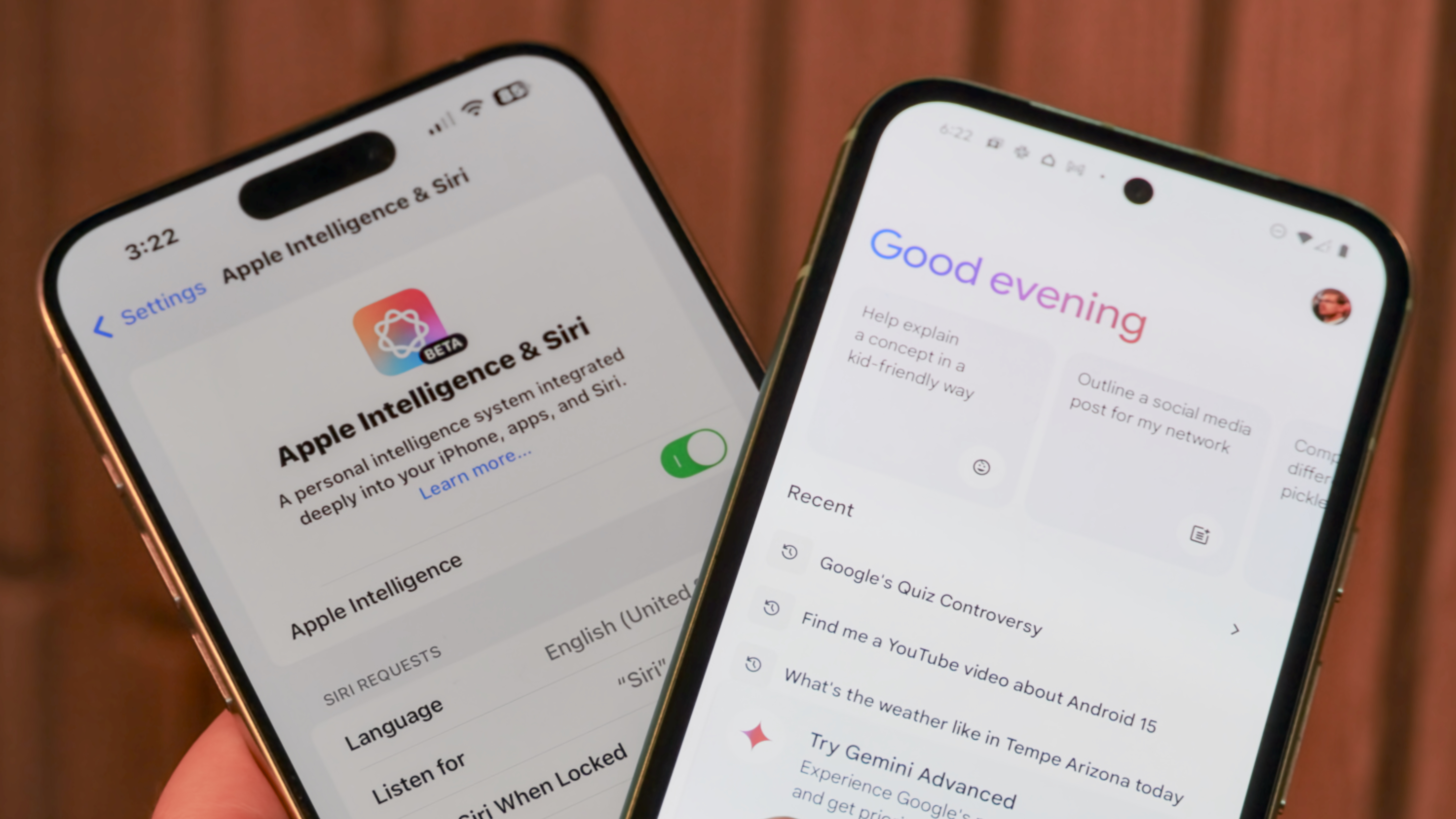Best Android phones 2025: My top picks from Samsung, Google, OnePlus, and more
This is the definitive guide to the best Android phones.
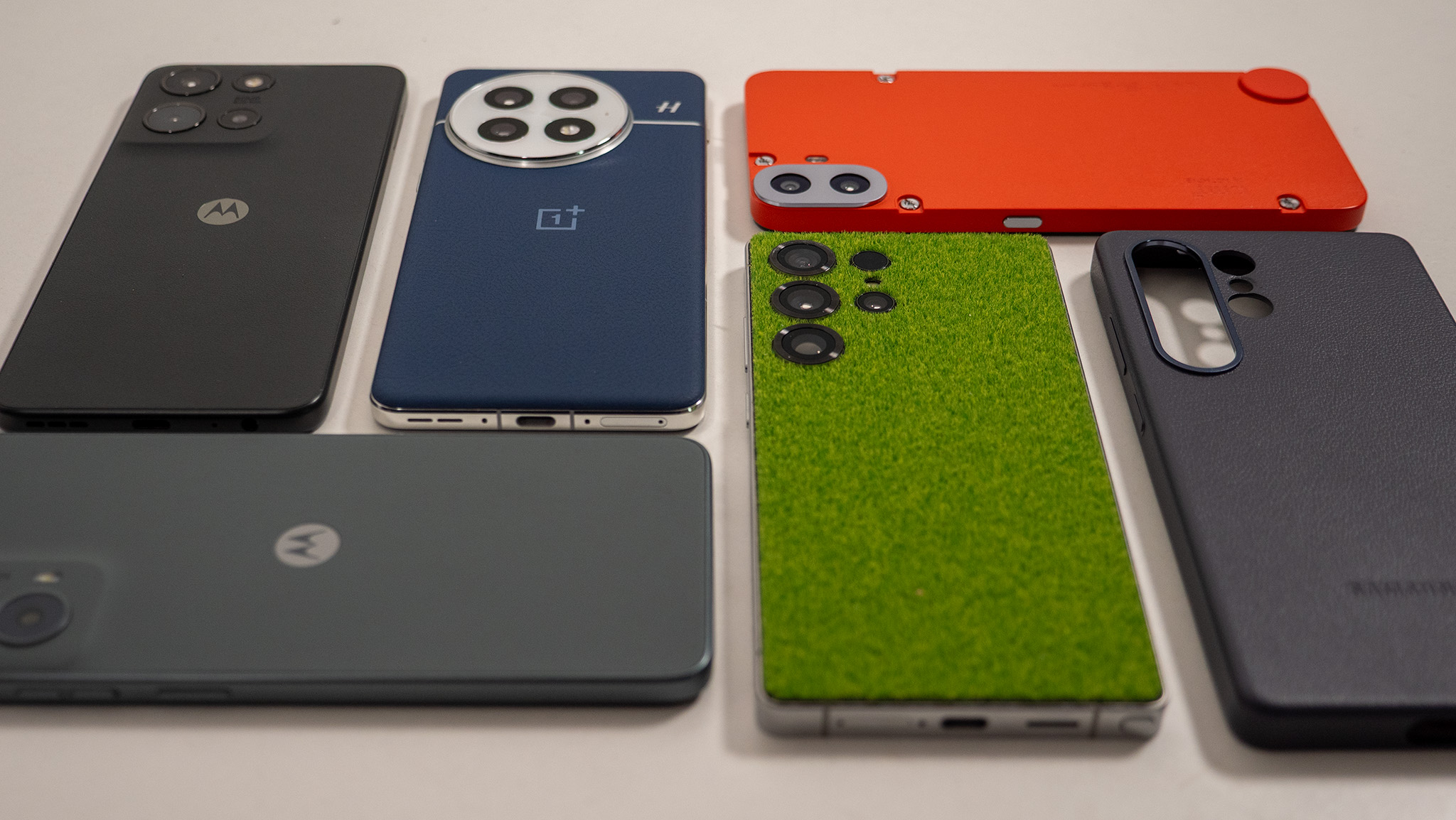
At a glance
1. Best overall
2. Best cheap phone
3. Best premium pick
4. Best midrange phone
5. Best small phone
6. Best for parents
7. Best foldable phone
8. Best premium foldable
9. Best gaming phone
Honorable mentions
FAQ
How to choose
How we test
At Android Central, we pride ourselves on knowing the best Android phones inside and out. Whether you want something basic just to make calls, browse social media, and stay connected to friends and family, or you're looking at advanced features with powerful internals, we have something for everyone.
I test dozens of phones every year and can tell you exactly where they triumph and where they falter. At Android Central, these testing and review methods include making sure each phone lives up to the marketing claims of the company, offers good value for the money, can deliver a quality photo every time, and lasts long enough to make it through the day on a single charge.
This guide has all of the best Android phones available now, and there's something for everyone here. Didn't find anything today? Check back later, we'll keep updating the list with new picks as they're unveiled.

Nick grew up in a telecom-savvy household and has been reviewing phones since 2011. Whether it's waxing poetic about Nokia's glory days or flipping open the latest foldable phones, he knows what makes a good phone and can help you understand which one to pick.
Best overall
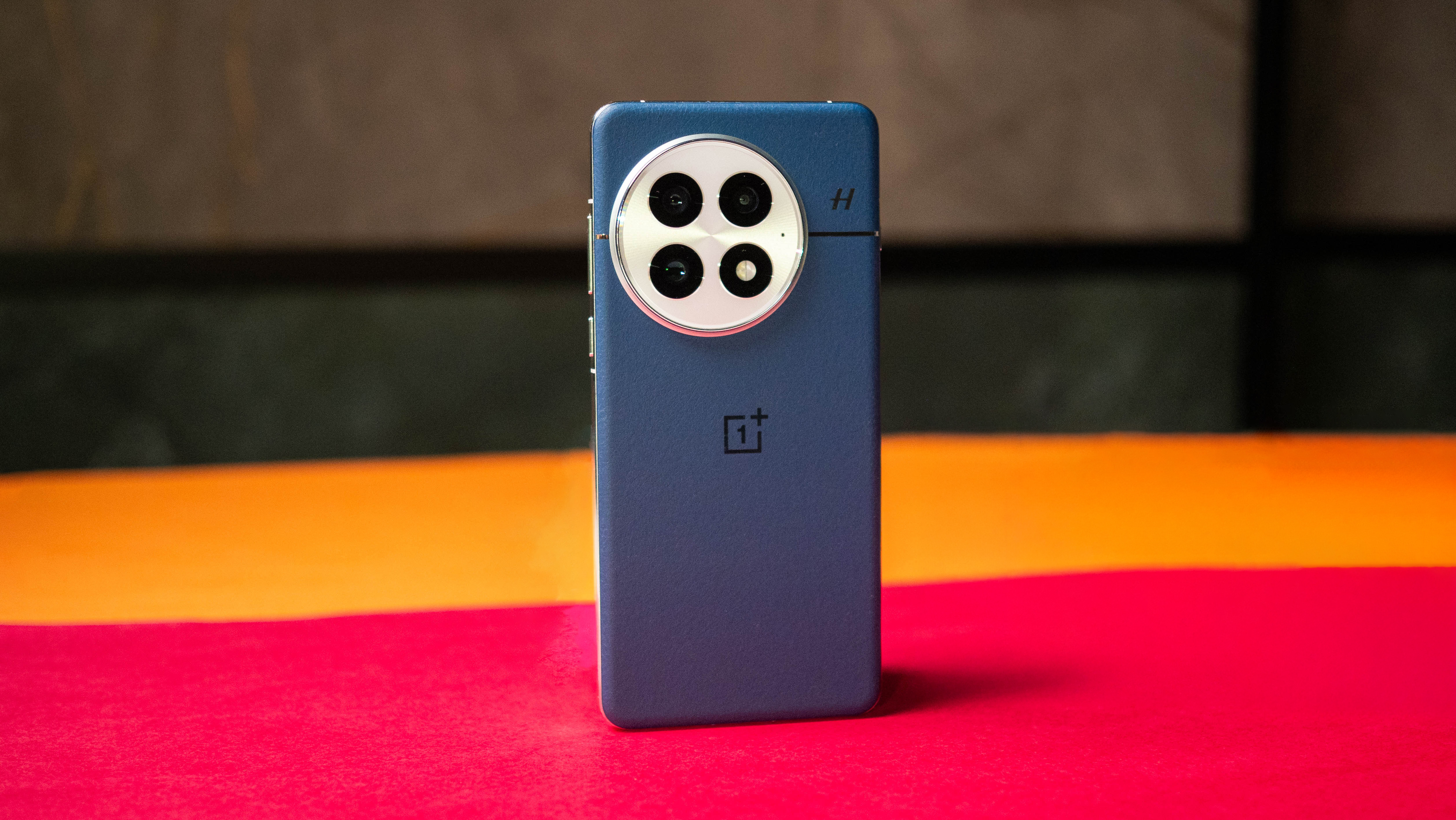
Specifications
Reasons to buy
Reasons to avoid
It's almost hard to fathom the turnaround OnePlus has had. From near irrelevance just a few years ago to our favorite pick two years in a row, the OnePlus 13 cements the crown of best Android phone by getting the first 5-star review we've ever given to a smartphone.
Central to that score is the supreme build quality and industry-first IP69 rating which makes it more durable than ever. You can put it in a dishwasher, wash it with your clothes in your washing machine, take it in a jet-laden hot tub, or even bask with it in a steaming sauna without worrying about the phone getting damaged. Water Touch 2.0 and a new generation ultrasonic fingerprint sensor even mean you can use the screen with wet fingers.
The display is, once again, one of the most eye-friendly AMOLED displays on the market and this time around doesn't sacrifice quality for eye protection. It was awarded the first-ever Display Mate A++ rating for display quality and features DC dimming options along with 2160Hz PWM to ensure your eyes don't hurt even after looking at it for a long time.
OnePlus monumentally improved the camera, as I laid out in my OnePlus 13 camera review, finally matching the quality of a Pixel or Galaxy phone in every situation. Low light performance is superb and often less noisy than the competition, and capturing crisp photos of pets or kids is finally possible thanks to a new dual exposure algorithm that gets it right even when they won't hold still.
Oxygen OS 15 powers the phone's software experience and is my favorite Android skin. It's got the best animations on any Android phone, a set of AI features that you'll love to use and a customizable UI that you can make your own. Plus, with four major OS updates and six years of software updates promised, you'll be able to use the OnePlus 13 for years to come.
The massive battery inside keeps things powered for well over a day despite being the fastest phone currently on the market, and ultra-fast charging tops it up in less than 30 minutes. You'll never think about battery life again with this phone, and it even comes with an ultra-fast charging brick in the box in most countries. All in all, it's an incredible value and the best phone you can buy today.
Attribute | Quick look | Score |
|---|---|---|
Display | Vibrant and smooth as butter, yet eye-friendly | ★★★★★ |
Design | Stylish and eye-catching, especially the vegan leather option | ★★★★★ |
Price | Still around $100 cheaper than the equivalent from Samsung or Pixel | ★★★★★ |
Camera | OnePlus totally revamped the camera experience and you can tell | ★★★★★ |
Performance | Even the Galaxy S25 Ultra can't outpace this one | ★★★★★ |
Battery life | You should easily clear two days on a charge, plus get a full charge in under 30 minutes | ★★★★★ |
Updates | Six years, one shy of Samsung and Pixel | ★★★★☆ |
Best cheap phone
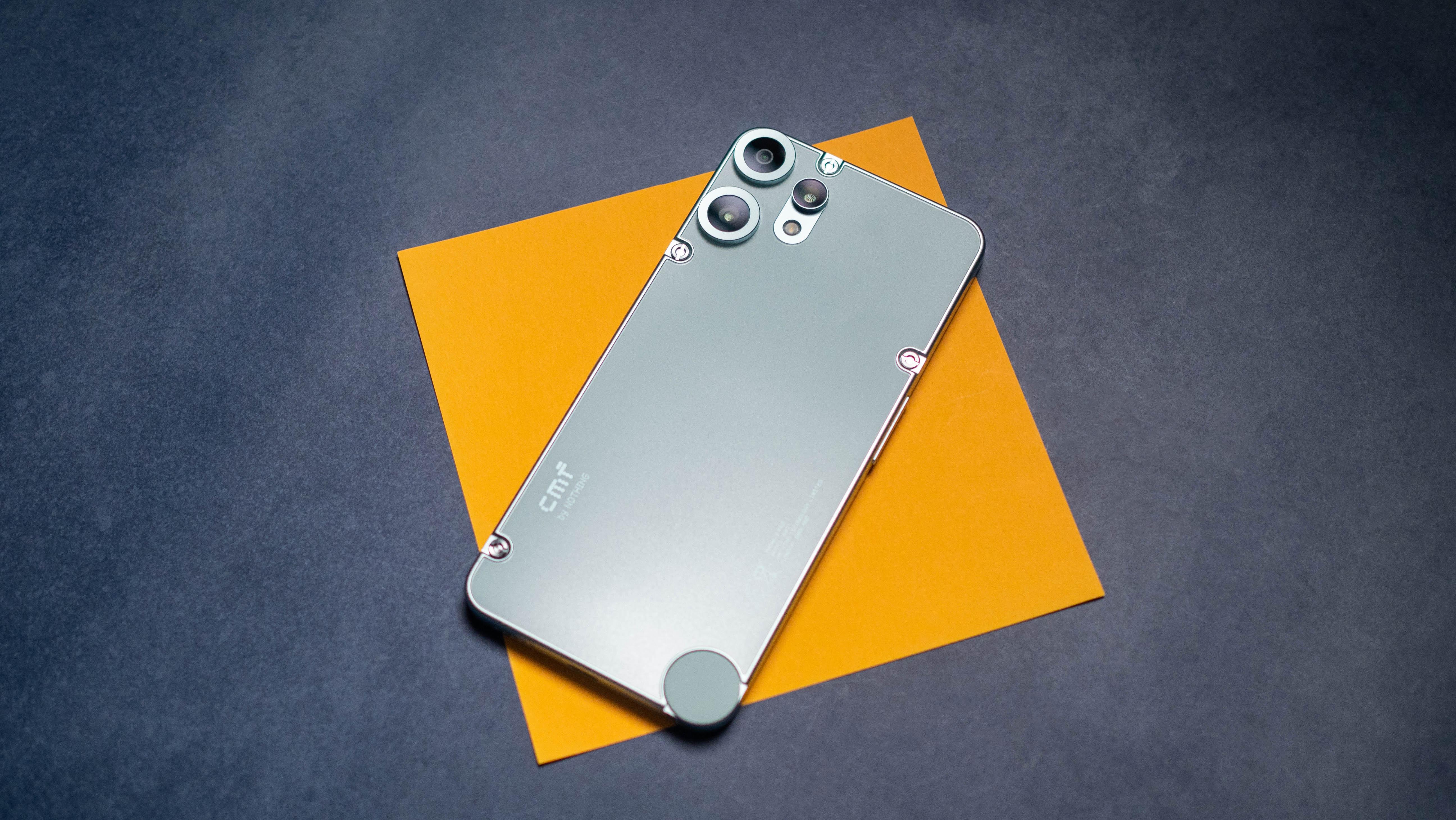
Specifications
Reasons to buy
Reasons to avoid
The CMF Phone 2 Pro addresses basically all of the shortcomings of the first generation model, including the addition of NFC, a third camera on the back, a better display with even more eye-friendly settings, and the inclusion of a new Essential Key on the side.
Our main review praises the incredible value of the CMF Phone 2 Pro, calling it the best budget phone of 2025 "without a shadow of a doubt." Nothing sells the CMF Phone 2 Pro, starting at ₹18,999/219/£249, and through the US Beta Program for $279. While it's annoying to have to go through a special "beta program" to get one, know that I've used it on T-Mobile's 5G network and didn't run into any issues. Just don't expect it to work with carriers like Verizon, though.
The new triple camera system on the back is a big upgrade from the CMF Phone 1 in most ways, offering up substantially better colors and dynamic range, along with crisp details and much better zoom performance. Our CMF Phone 2 Pro camera review compares the phone to the original, if you want to see specific examples.
The display has also seen a lofty improvement, with brighter output, all while retaining DC dimming options at high brightness and improving the PWM rate more than twofold at low brightness. It's an easy recommendation for anyone who is sensitive to PWM dimming.
Nothing also fancied up the design a bit this time around, but the back is technically no longer removable because of the improved IP54 water and dust resistance rating. Still, the company makes a notable number of accessories that'll keep your interest and add great functionality to the design, like adding a kickstand or a lanyard.
Attribute | Quick look | Score |
|---|---|---|
Display | Affordable AMOLED is back, baby | ★★★★★ |
Design | Better-looking design with lots of customization options | ★★★★☆ |
Price | Incredibly affordable | ★★★★★ |
Camera | Outstanding for the price | ★★★★☆ |
Performance | Fast processor, but 5G is limited in the U.S. | ★★★★☆ |
Battery life | Better than last year with decent charging speeds | ★★★★☆ |
Updates | Will see updates through Android 18 | ★★★★☆ |
Best premium pick
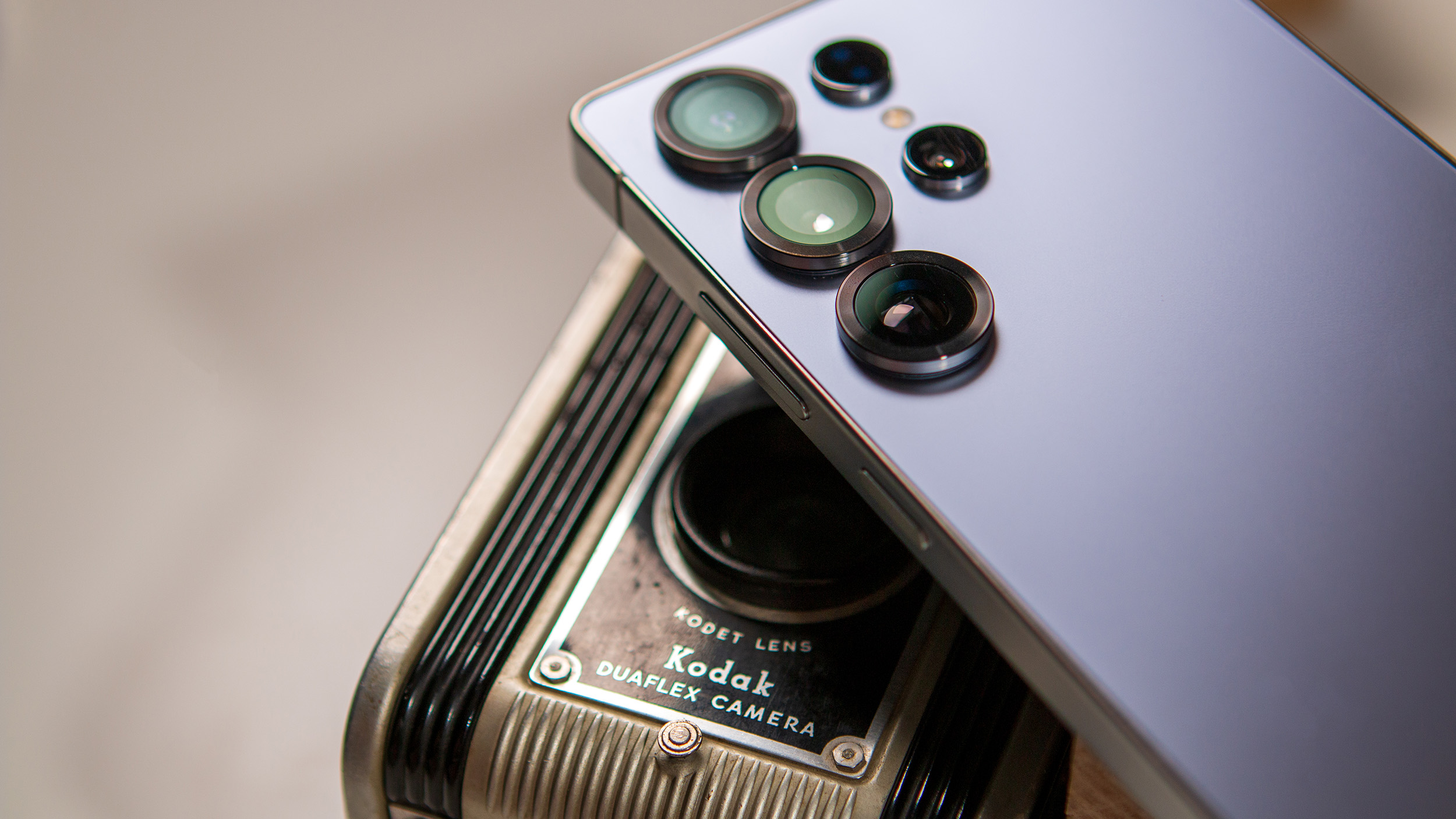
Specifications
Reasons to buy
Reasons to avoid
Samsung reserved the best features for the Galaxy S25 Ultra, and the phone has a new design that makes it easier to hold and use. It is noticeably boxier than previous years, but the biggest difference is that it's a full 14g lighter than the S24 Ultra, and that is noticeable once you start using the device.
Samsung also managed to slot in a bigger 6.9-inch AMOLED panel, and it continues to be among the best around. Chinese brands like Honor do a much better job with PWM sensitivity — the Magic 7 Pro has a slew of features in this area — but barring that omission, Samsung hasn't put a foot wrong.
On that note, there isn't anything to point out with the hardware either. The S25 Ultra has one of the strongest packages around, and Samsung once again got a customized version of Qualcomm's latest silicon, which gives it a slender edge.
Although the cameras haven't changed this year, continual changes to tuning algorithms means the S25 Ultra is able to take better photos. Vivo's X200 Pro still has the outright lead when it comes to cameras, but that phone isn't available in anywhere as many global markets as Samsung's device.
Like previous years, one of the S25 Ultra's biggest flaws is its price. Thankfully, the best Galaxy S25 Ultra deals will go some way towards making a difference.
Attribute | Quick look | Score |
|---|---|---|
Display | Massive and just plain gorgeous, but uses PWM at all brightness levels | ★★★★☆ |
Design | Flat panel with built-in stylus, sharp corners | ★★★★☆ |
Price | Same as last year, but still quite a lot | ★★★★☆ |
Camera | Great, but bad with moving subjects | ★★★★☆ |
Performance | Amazing | ★★★★★ |
Battery life | Wonderfully efficient but slow charging | ★★★★☆ |
Updates | Seven-year promise | ★★★★★ |
Best midrange phone
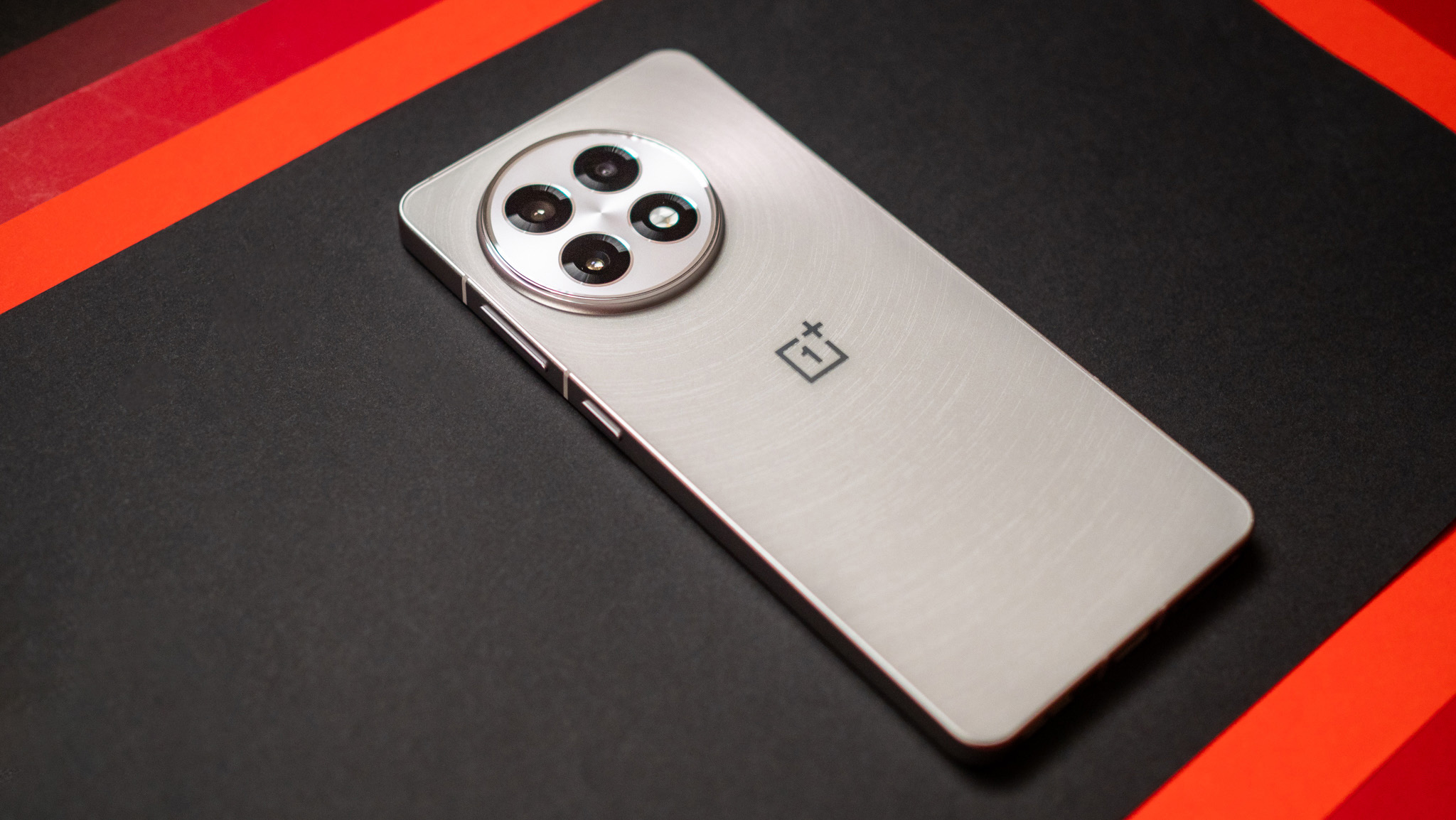
Specifications
Reasons to buy
Reasons to avoid
The OnePlus 12R was our mid-range pick of 2024, and now the OnePlus 13R usurps it as the current 2025 pick. It's not as cheap as it was last year in some regions but it's still the best value flagship phone you can find anywhere. OnePlus delivered a new design, upgraded battery size, and significantly improved triple camera system on the back.
Starting with performance, this phone is basically last year's top-end OnePlus 12 for half the price. The Qualcomm Snapdragon 8 Gen 3 chipset is blazing fast and the upgraded UFS 4.0 storage inside is much faster than last year's OnePlus 12R. You also get double the storage and 50% more RAM than last year.
The hardware is well-built and very durable, even if it only sports an IP65 water and dust resistance rating. OnePlus's official cases offer great protection and include MagSafe compatibility, which is great since this year's phone is slightly thinner than the OnePlus 12R, making it more case-friendly. I'm not a fan of flat phones but a case helps that a lot.
OnePlus packed a denser battery inside with two-day battery life. The included charger will give it a full charge in about an hour, which is faster than most phones in the U.S. regardless of the price but slower than the OnePlus 13 since it uses a single-cell 6,000mAh battery.
The triple camera array on the back will generally impress you as it sports dual 50MP cameras as well as an 8MP telephoto camera for superb portrait photos. OnePlus also continues to impress with its display technology, packing an LTPO 4.1 120Hz AMOLED in with some great eye-friendly features. The Pixel 8a might have a slightly better camera but it has a much worse display since it uses slow 240Hz PWM dimming, while OnePlus offers proper DC dimming options plus 2160Hz PWM dimming at low brightness.
Attribute | Quick look | Score |
|---|---|---|
Display | Excellent AMOLED with eye-friendly dimming options | ★★★★★ |
Design | A little more generic than last year and a bit too flat on the sides | ★★★☆☆ |
Price | So much bang for the buck | ★★★★★ |
Camera | Much better than last year but zoom detail is lacking | ★★★★☆ |
Performance | Incredible for the price | ★★★★★ |
Battery life | Two-day battery life and fast charging, but no wireless charging | ★★★★☆ |
Updates | Four OS updates and six years of security updates | ★★★★★ |
Best small phone
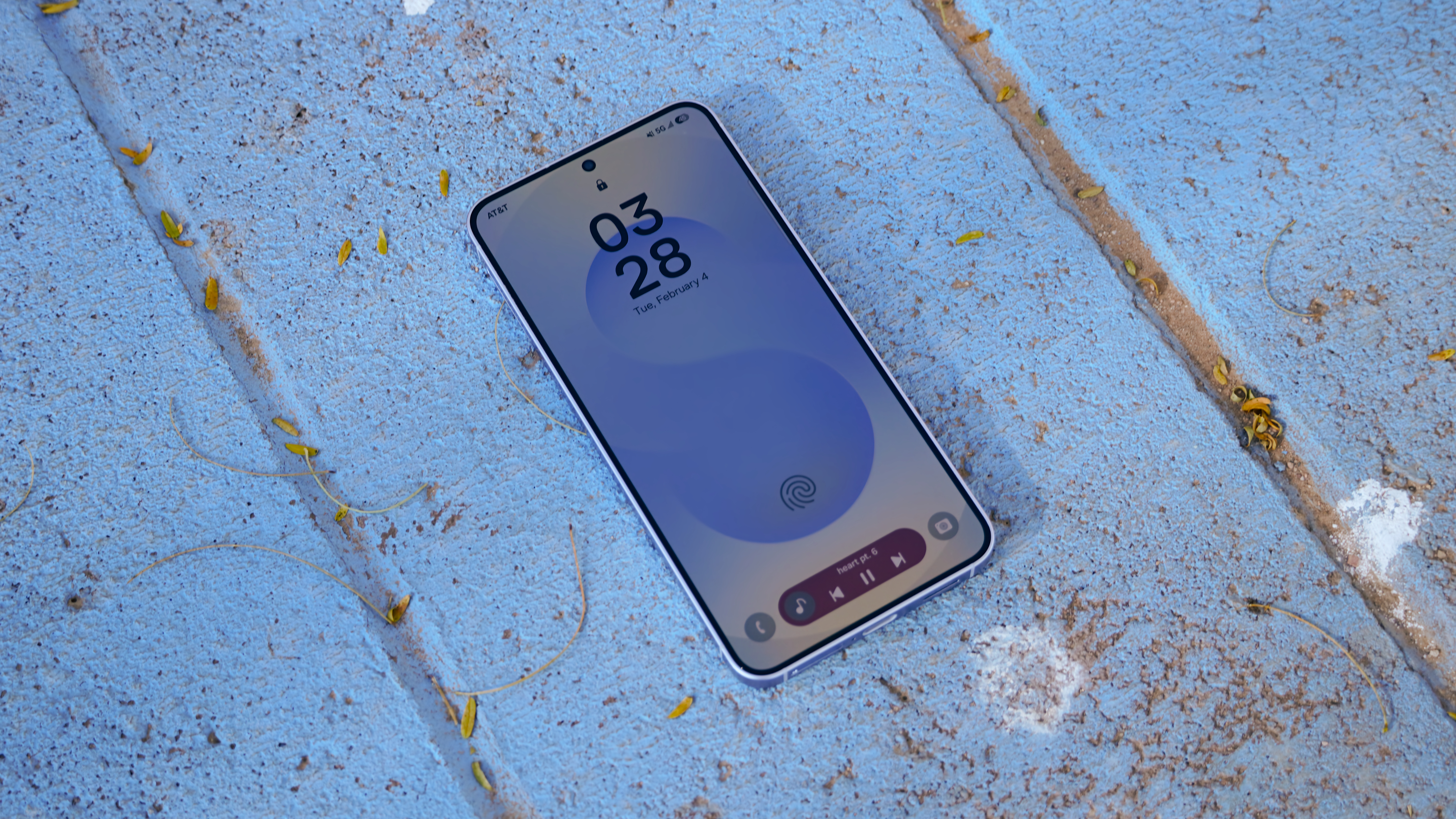
Specifications
Reasons to buy
Reasons to avoid
The Galaxy S25 is virtually indistinguishable to its predecessor, with Samsung not making many changes to the device. Outside of the new Qualcomm hardware, you don't actually get anything new — it's using the same cameras as the Galaxy S22.
That said, it is marginally smaller and thinner than the S24, and somehow even lighter. The tweaks to the design make the S25 the best small phone around, and you still get a usable 6.2-inch AMOLED panel with good brightness levels.
The cameras are annoyingly unchanged, but they still take great photos — if not the same level as the S25 Ultra or other high-end phones. Ultimately, Samsung doesn't see any need to change the cameras on its devices; they will continue to sell just as well with older hardware, so it isn't incentivized to innovate.
On that subject, the S25 still has a 4000mAh battery, and charging is once again limited to 25W. It's getting to the point where the charging tech is a real limitation on the device, and Samsung needs to address it.
Even though the S25 is nearly identical to last year, subtle changes to the design make a difference in usability, and you're still getting the same great seven-year software guarantee.
Attribute | Quick look | Score |
|---|---|---|
Display | Vibrant, 120Hz AMOLED | ★★★★☆ |
Design | Perfect for iPhone fans | ★★★★☆ |
Price | Not horrible, but look for a deal | ★★★★☆ |
Camera | Pretty much the same as the S23, but still good | ★★★★☆ |
Performance | Snapdragon chip is awesome | ★★★★☆ |
Battery life | Efficient, but the charging could be faster | ★★★★☆ |
Updates | Seven years guaranteed | ★★★★★ |
Best for parents
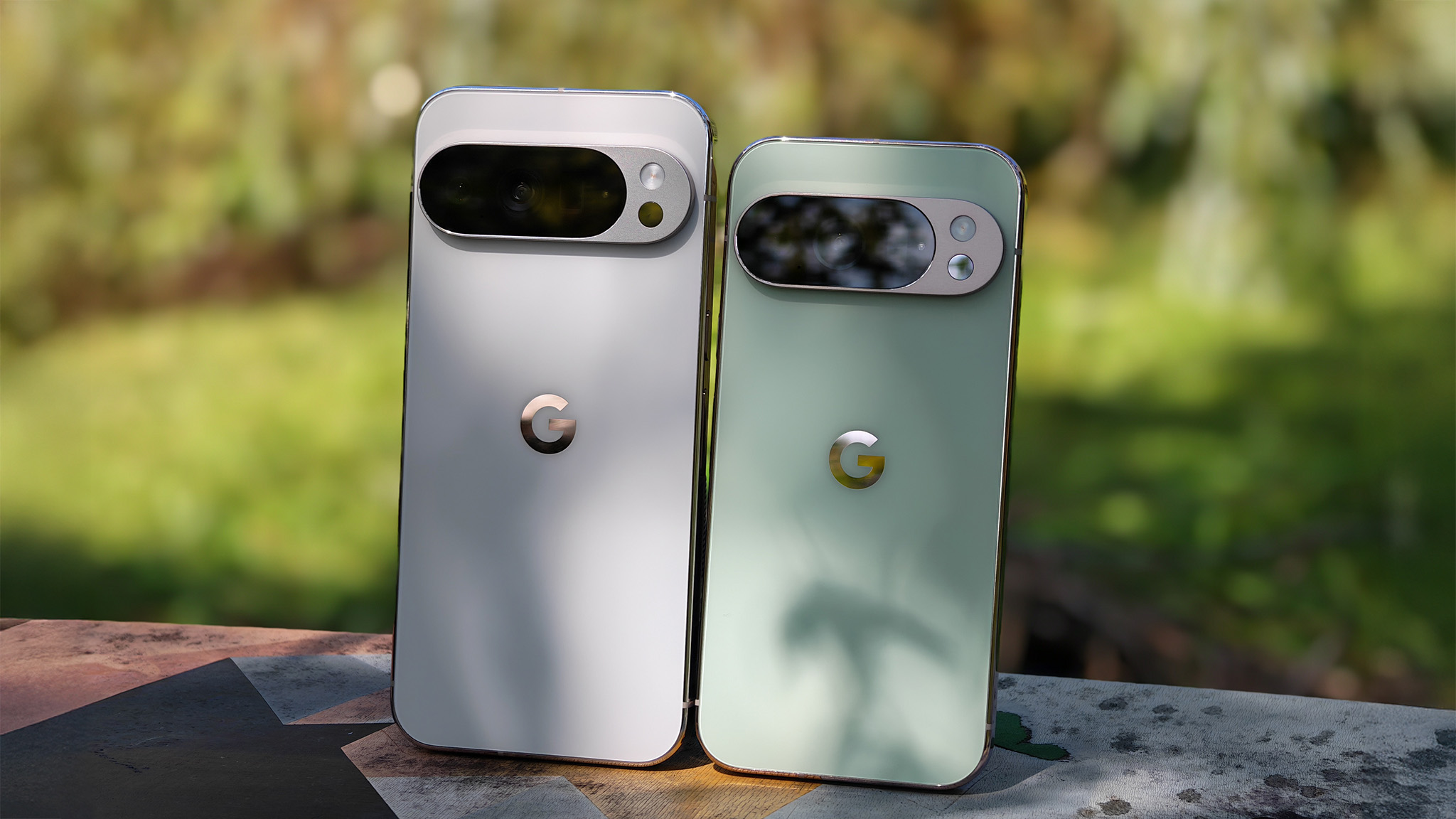
Specifications
Reasons to buy
Reasons to avoid
Google makes some pretty good phones, but the best part of owning a Pixel is the camera. Taking pictures of your kids or pets is a joy with Google's excellent camera software, which uses AI smarts to understand what it's taking a picture of, giving you better results in the end. This has been true for years, but the Google Pixel 10 Pro XL provides a robust experience, building off features introduced on prior Pixel phones.
Features like Best Take ensure that everyone in the shot looks their best by swapping out your face with the best version when you take a group of shots. Add Me ensures that the whole family can get in the photo even if one parent or sibling has to be the one to take the first image. Plus, few phones capture pets or kids in motion like a Pixel.
Beyond that, you're going to love other camera features like Audio Magic Eraser and Magic Editor, which help clean up audio and background objects, alike. Plus great new features like Night Sight Video and Zoom Enhance make taking photos and videos a breeze.
This year, the game-changer is Camera Coach. It uses artificial intelligence to "coach" you while you take better photos, and can be really helpful in aiding users to make the most of Pixel 10 Pro XL's camera system. For parents struggling to corral kids into a photo that looks great, Camera Coach might be the solution.
Google's Tensor G5 processor still isn't the fastest in town, but it's good enough for most tasks, and is better for gaming. The phone also comes with a 7-year software update promise, meaning your Pixel 10 Pro XL will see major Android updates until 2032. That's a huge improvement over previous years and longer than most any Android phones.
Google also still has some work to do on its displays. While the company boasts some of the best technical scores for display quality, they use some nasty tricks to achieve these metrics. Primarily, that includes using slow 240Hz PWM dimming by default, which can lead to headaches, eye fatigue, and other problems. There's a new accessibility setting on the Pixel 10 Pro XL that cranks the PWM rate up to 480Hz, but that still isn't enough to solve the problem.
Attribute | Quick look | Score |
|---|---|---|
Display | Large 120Hz OLED panel looks good, and gets bright, but the worst defaultPWM rate in the industry | ★★★★☆ |
Design | Less distinctive than previous years, but still premium | ★★★★☆ |
Price | Costlier than last year | ★★★☆☆ |
Camera | Incredible, especially if you need to capture movement | ★★★★☆ |
Performance | Great AI features, and gaming performance is improved | ★★★★☆ |
Battery life | Qi2 25W and faster wired charging | ★★★★☆ |
Updates | Seven years, woot! | ★★★★★ |
Best foldable phone
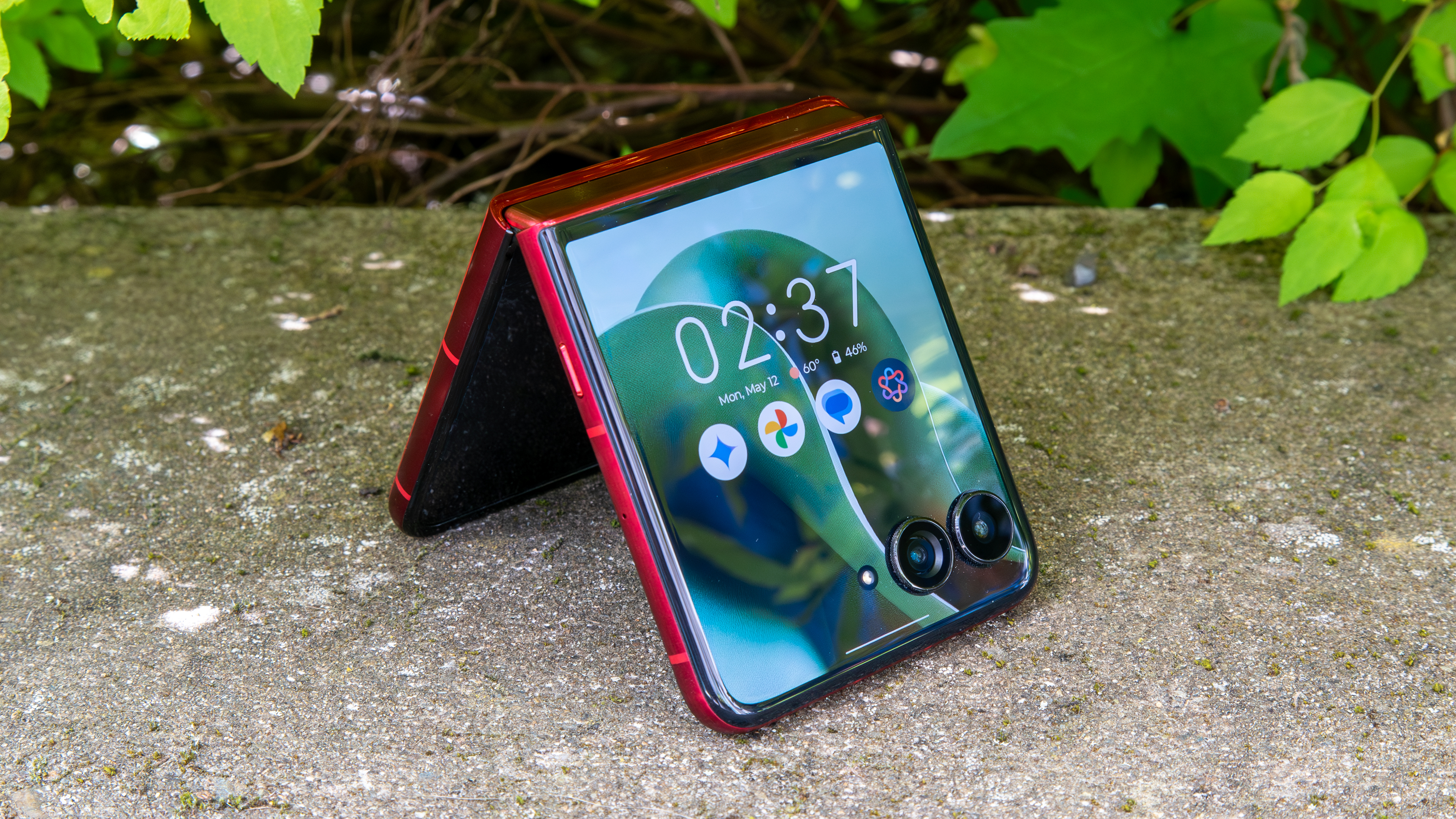
Specifications
Reasons to buy
Reasons to avoid
This year, Motorola is changing things up by offering a third Razr model instead of just two. It's the first Ultra-branded Razr model in the U.S. and it changes things up in a big way with a top-end flagship Snapdragon 8 Elite processor, a triple 50MP camera system, and more style options than ever. It's also more expensive than any Razr before it, but the best Motorola Razr 2025 deals at least help soften the blow a bit.
In an era where Samsung still hasn't fixed the limited cover screen of the Z Flip series, and is rumored to be giving the Z Flip 7's processor a downgrade, the Razr Ultra (2025) shines supreme. It's edge-to-edge cover screen is a delight to use full apps on, giving you the ability to quickly respond to messages or navigate without flipping open the phone.
It also means this is the most pocketable type of phone you can find today. It's got the same amazing form factor that made the Razr Plus (2024) so great, plus a bevy of new style options like wood and Alcantara that make the phone a sensory delight.
When you're ready for a bigger display, just flip the phone open to reveal the incredible 7.0-inch pOLED display that features Motorola's trademark vision-friendly flicker-free technology, something that's substantially more eye-friendly than Samsung's use of slow 240Hz PWM dimming on its Z Flip series.
Of course, what good is a conversation about flip phones if you don't bring up the cameras? Flip phones are great for group photos and selfies because they can stand on their own, and fun tricks like camcorder mode and the 50MP ultrawide sensor ensure you get a great capture no matter what you're doing.
And I can't forget Motorola's recently refreshed Hello UX, which is based on Android 15 and has the very best features you'll find on any flip phone, including a host of new Moto AI features that you're going to have a great time playing around with.
Attribute | Quick look | Score |
|---|---|---|
Display | Better than ever and incredibly eye-friendly with flicker-free options | ★★★★★ |
Design | Setting a new standard for flip phones | ★★★★★ |
Price | The most expensive flip on the market | ★★★☆☆ |
Camera | Perfect for selfies | ★★★★☆ |
Performance | Top-end performance | ★★★★★ |
Battery life | The biggest battery yet in a Razr with 68W charging | ★★★★★ |
Updates | Less than Samsung, but Motorola has improved a lot | ★★★★☆ |
Best premium foldable

Specifications
Reasons to buy
Reasons to avoid
While the Oppo Find N5 is technically the best foldable phone ever made, that phone doesn't have the best international availability. But you're not going to feel like you got something that's second-best when you lay your hands on the Samsung Galaxy Z Fold 7 for the first time. Its hardware is the thinnest you've probably ever held, and that all comes without sacrificing performance or features.
Book-style foldables like the Galaxy Z Fold 7 are two-in-one devices. Thanks to a wider screen, the outer display feels just like a normal phone. But unfold it, and you're suddenly presented with a legit 8-inch tablet, all without having to switch between apps or devices. Your apps seamlessly transfer between the displays as you would expect them too, and it makes using the Z Fold 7 a dream.
That inner display's crease is practically non-existent and is the best crease on any foldable Samsung phone to date. It's even more impressive considering how thin and light the phone is, making you wonder how the screen could possibly find a place to fold in a device so thin.
Not only did Samsung finally seem to figure out its folding hardware, but it also dropped the incredible 200MP main camera from the Galaxy S25 Ultra on the back of the Z Fold 7. That means you're getting excellent photos and videos day or night, with great zoom detail and all the AI-powered camera goodness Samsung is known for. Plus, this is the first phone to launch with Android 16 out of the box, and it includes all the things I love about One UI 8, plus a bunch of foldable-only extras.
Of course, every huge leap in design comes with some trade-offs. The battery inside the phone is still relatively small at 4,400mAh, and Samsung's charging speed is still a paltry 25W. Meanwhile, the Honor Magic V5 has a massive 6,100mAh battery without being any thicker than the Z Fold 7, and Oppo's Find N5 is able to charge at 80W speeds.
Samsung also had to axe S Pen support to make the phone this thin, so you can't write on it at all, even if you wanted to. It's also a more expensive phone than ever, debuting at a higher price than even the original Galaxy Fold, with less RAM than rival phones. It's not perfect, but boy, is this phone ever excellent. Most importantly, it's the best all-around book-style foldable you can buy today.
Attribute | Quick look | Score |
|---|---|---|
Display | Great to look at but still has a poor PWM rate | ★★★★☆ |
Design | Unbelievably thin and light | ★★★★★ |
Price | Time to get a second mortgage | ★★☆☆☆ |
Camera | Galaxy Ultra power | ★★★★☆ |
Performance | Top-notch processor and performance | ★★★★★ |
Battery life | It could have been much better, and should have charged faster | ★★★☆☆ |
Updates | The best in the business: 7 years of updates | ★★★★★ |
Best gaming phone
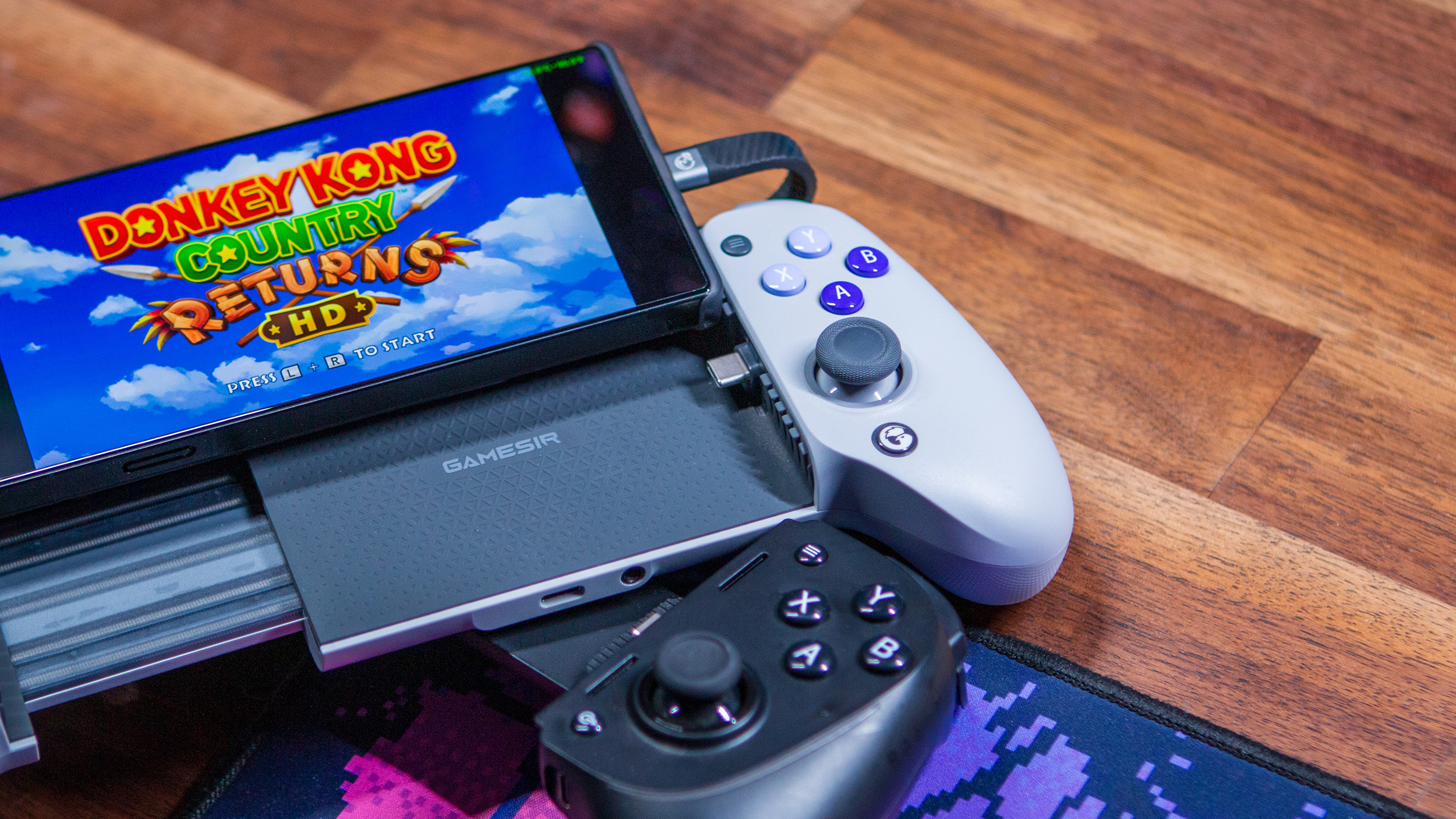
9. RedMagic 10 Pro
Our expert review:
Specifications
Reasons to buy
Reasons to avoid
Nubia RedMagic phones were already our favorite gaming phones, and the RedMagic 10 Pro ups the game in substantial ways. First off, the actively-cooled Qualcomm Snapdragon 8 Elite processor inside is an absolute beast, and the ICE-X "liquid metal" cooling system inside keeps the phone cool even during long gaming sessions thanks to a massive heat sink and an actual fan.
While we noted that the ASUS ROG Phone 9 Pro eeks out slightly better performance, that phone isn't available in as many places as the RedMagic 10 Pro. Plus, the RedMagic 10 Pro is quite a bit cheaper while offering almost the same specs.
That bright and liquid-smooth 144Hz OLED display is also quite eye-friendly with DC dimming at high brightness and 2592Hz PWM Dimming at low brightness. RedMagic bumped the battery size up even further, making it feel like a giant battery attached to a gaming phone. Plus, fast charging speeds ensure that you'll be powered up in no time even if you forget to plug it in.
Amazingly enough, it's got an actual headphone jack, which means you can use your favorite pair of lag-free wired headphones while gaming. The pair of 50MP rear cameras are better than the previous generation even if they're not quite top of the class, which is always nice to have.
Even under-display selfie camera got a huge upgrade this time around, with quality that actually looks good, unlike all previous under-display cameras we've tested. That ensures your entire screen is used for glorious gaming and no punch hole nonsense gets in the way of the UI.
Attribute | Quick look | Score |
|---|---|---|
Display | The 144Hz OLED panel is perfect for games | ★★★★★ |
Design | Eye-catching glass and metal | ★★★★★ |
Price | Impressively affordable! | ★★★★★ |
Camera | Average, which is fine | ★★★☆☆ |
Performance | Crazy fast. U.S. customers should use T-Mobile for best network performance | ★★★★★ |
Battery life | Absolutely massive battery and fast charging | ★★★★★ |
Updates | Three years of software updates | ★★☆☆☆ |
Other products we tested
The picks above may be the best Android phones that money can buy today, but the list isn't set in stone. There are plenty of other devices that could have easily made the list if conditions were slightly different, and some that may earn a spot in the coming months. As we all know, some tech may be impressive straight out of the box and begin to falter with long-term use.
There are other devices that we may not have had the opportunity to perform comprehensive testing on just yet, while other models may simply lack the broad appeal that typically earns products a spot on this list.
Below you'll find a list of phones that I feel comfortable recommending; even if they aren't necessarily the best Android phones released this year, they still deserve a look if the picks above don't cut it for you.

Flagship power
The base-model Pixel 10 is a pleasure to use, and the device has loads of useful AI features, powerful internal hardware, and seven years of OS upgrades guaranteed.
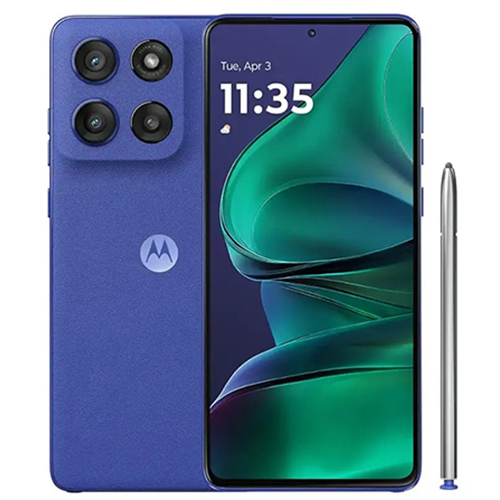
Midrange stylus
If you want the convenience of a phone with a built-in stylus but you don't want to deal with an exorbitant price tag, the Moto G Stylus 5G (2025) is here for you. Typically priced well below $400, the Moto G Stylus 5G (2025) boasts a sizeable 6.7-inch 120Hz display, a capable Snapdragon chip, and a large 5,000mAh battery with lightning-fast charging. It even has a headphone jack!
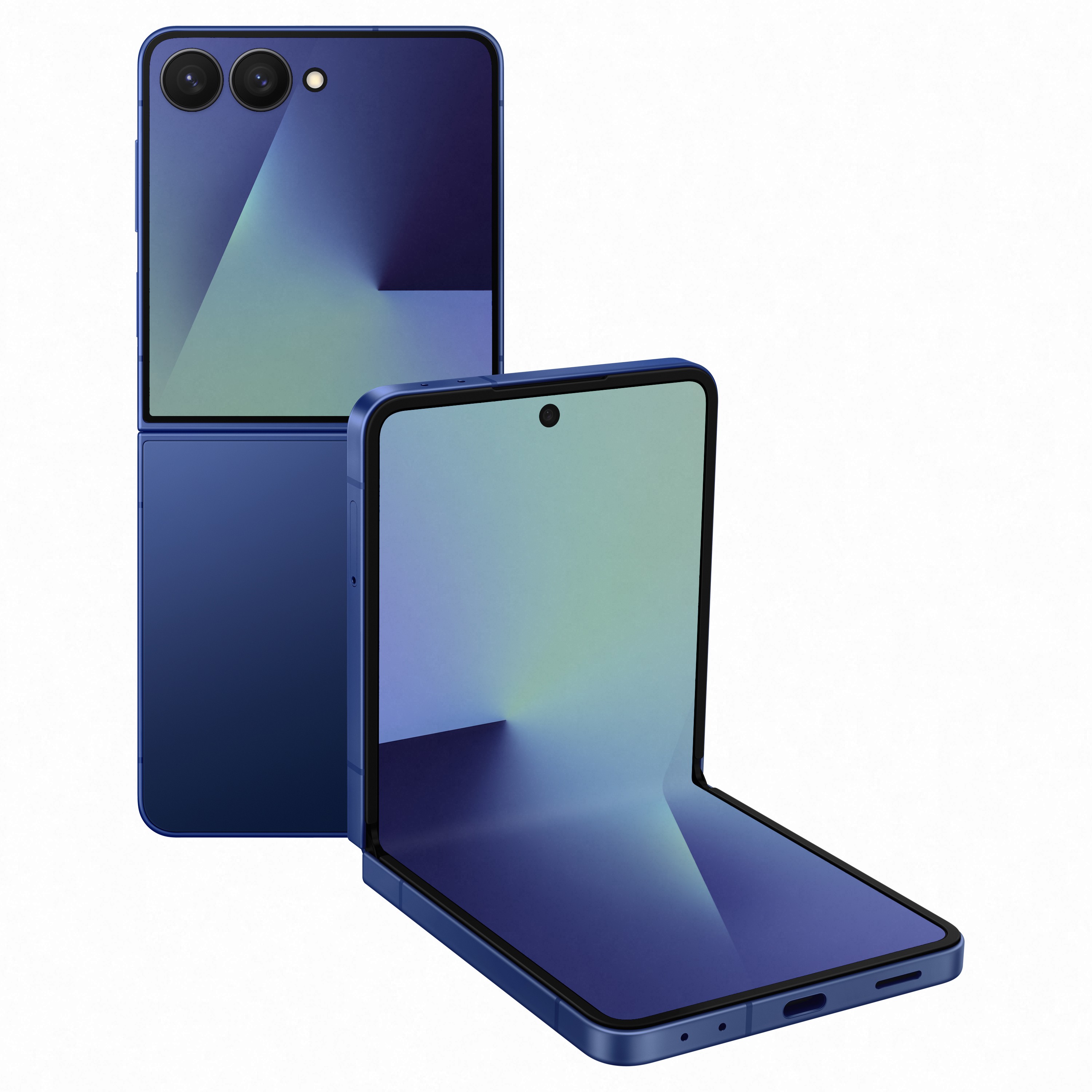
Another way to flip
If the Razr Plus isn't doing it for you (and you're willing to spend a bit more), the Galaxy Z Flip 7 is a safe bet, pairing a versatile folding design with outstanding internals, Galaxy AI features, and years of software support.

Best dumb phone
Whether you're taking a break from social media or concerned about privacy, dumb phones are simple and reliable devices that harken back to a time before everyone was perpetually online. Nokia's 2780 Flip is our favorite dumb phone around, with two bright displays, four days of battery life, and a few basic apps like email and YouTube if you don't want to completely unplug.
FAQ
What is the best Android phone?
There are many contenders for the best Android phones, but I think the OnePlus 13 is the best option for most people. OnePlus has rebuilt Oxygen OS into something special and includes six years of promised updates to match. Excellent Hasselblad cameras on the back pair nicely with epic battery life, charging speed, and performance. Plus, the eye-friendly display is a joy to look at day or night.
That being said, every phone has its own strengths and weaknesses, so it’s important to go through all of the options above to make sure you’re finding the device that’s right for you.
What phones are better - Android or iPhone?
We’re obviously a bit biased towards Android devices (this is Android Central, after all), but I can easily admit that both platforms have some noteworthy strengths and weaknesses. iPhones are generally considered better with security and software updates, and the ubiquity of the platform means that you and your friends will be enjoying many of the same apps and features. Android, on the other hand, has much more to offer when it comes to flexibility and variety.
Ranging from sub-$200 devices to $1,800 foldable beasts, Android phones offer a ton of customization options with better AI features and (usually) more RAM than their Apple counterparts. Thanks to the openness of Android’s source code, enthusiasts are also able to reskin and personalize the software experience to their liking. That’s never been an option for the iPhone.
What Android phone has the best camera?
The Google Pixel 10 Pro is widely thought to be the best Android phone for taking pictures and videos, thanks to its versatile triple-lens rear camera system and comprehensive suite of AI-boosted software features. That being said, in this day and age, many devices have amazing camera technology, so it’s worth researching the best Android camera phones before you commit to one.
What Android phone is best for gaming?
The ASUS ROG Phone 9 Pro is considered to be the best Android phone for gaming in 2025. This mobile beast features the outrageously powerful Snapdragon 8 Elite SoC with a long-lasting 5,800mAh battery, up to 24GB of RAM, and a 6.78-inch AMOLED display with a 165Hz refresh rate. It even has a 3.5mm headphone jack and solid cameras for when you’re not gaming the night away.
Which Android phone has the best battery life?
Plenty of Android phones have excellent battery life, but we generally consider the OnePlus 13 to be the best option here. The flagship phone comes with a 6,000mAh battery straight out of the box, easily clearing two days on a single charge, while the 80W charging support can get you back to full power in as little as 30 minutes. The ASUS ROG Phone 9 Pro and Samsung Galaxy S25 Ultra are also known for their exceptional battery life, so you have a bounty of options here.
Which Android phone has the best UI?
Although the Android phone with the best UI is purely subjective, Google Pixel phones are widely known for their clean, elegant user interface. OnePlus’s Oxygen OS has also received praise in recent years, thanks to its smooth performance, multitasking capabilities, and intuitive quick slider for navigation. Samsung’s One UI is also well-liked among Android users because it’s so customizable.
Which Android phone has the best security?
Most mainstream phone chipsets offer high-level encryption to keep your precious data safe, but it’s true that some phones offer more security than others. The Google Pixel 10 Pro, for instance, is widely considered one of the best Android phones for security, thanks to the Titan M2 coprocessor and seven years of guaranteed security updates.
What's the best affordable Android phone?
We selected the CMF Phone 2 Pro as the best overall cheap Android phone, thanks to its unique design, surprisingly-great triple-camera system, and snappy performance. The phone starts at just $279, which is amazing, but you'll need to score yours through Nothing's Beta program if you reside in the US. The phone also isn't compatible with some networks, so be sure to check your wireless carrier before you get too excited.
If you want something a bit more "mainstream", I also recommend the Google Pixel 9a as one of the best Android phones for the money. Starting at $499, this approachable device boasts flagship-level specs with a Tensor G4 chipset, a lovely pOLED 120Hz display, and some outstanding camera tech for the price. You also get seven years of OS and security upgrades guaranteed.
How to choose
How do I pick the best Android phone?
Why you can trust Android Central
Android phones have never been better than they are right now. So regardless of whether you can afford a flagship device or one of the best cheap Android phones, you can go out and buy a phone that you'll be thoroughly happy with. Out of every single phone on the market, however, I have to give our top recommendation for the best Android phone to the OnePlus 13.
OnePlus's latest flagship has all the essentials you want, including a brilliant 120Hz AMOLED screen (that's safe for your eyes), powerful cameras that take great photos in any lighting, fast charging, reliable internal hardware that powers through even the most intense gaming sessions, and clean software with six years of guaranteed Android OS updates.
Of course, no two phones are made equal, so it's important to do plenty of research before you settle on one device. There are a few primary factors that you should consider when selecting an Android phone. Whether you're wondering about screen size or camera tech, keep reading for my top tips.
Screen size
When buying a new Android phone, you should consider many different things, and it all starts with the display. This is the component you interact with more than anything else, so you must get one that you'll enjoy using. Things like the resolution and refresh rate of a screen are worth talking about, but more so is the size.
Smartphones come in different shapes and sizes, and the biggest determining factor for that is the display. A 6.8-inch screen results in a much larger phone than one with a 5.8-inch one, and because of that, you need to know how big or small you're willing to go.
Take the Galaxy S25 Ultra, for example. Of the traditional smartphones on this list — that means a phone that doesn't fold in half — the S25 Ultra has the largest display and, therefore, is a phenomenal canvas for watching movies, playing games, and browsing the web.
Any content consumption looks better on a larger display because the more room you have, the bigger and easier it is to see your media. The downside, however, is that phones like the S25 Ultra can be somewhat unwieldy. Especially if you're someone with smaller hands, managing a phone like that can be a pain — sometimes literally!
A phone like the Galaxy Z Fold 7 solves this problem by giving you an even larger display that can fold in half. It's even got a the same great main camera from the Galaxy S25 Ultra!
If you'd rather have a smaller-sized phone, the Motorola Razr series and Asus Zenfone 12 Ultra are phenomenal choices, depending on what form factor you want. These are substantially easier to manage and can be used with one hand, but you have less room for your movies and games. It also means you can fit less content on the screen at one time, and if you're someone who likes to increase your font size, things are easier to read, which could result in you having to do a lot of scrolling.
And, of course, there are plenty of phones that fall somewhere in the middle between these two extremes. If you're really concerned about whether or not a phone will be too big or small, your best bet is to honestly go hands-on with it yourself at your local carrier store or Best Buy before making your purchase.
Software updates
It's easy to compare displays, processors, and cameras, but something that's just as important to talk about is software updates. Android is constantly evolving and getting better, and while it's nice to get updates that keep your phone feeling fresh and new, security updates are far more important than feature updates.
Samsung, Google, and Honor offer seven years of software updates for their phones — the most of any smartphone company today. OnePlus, OPPO, Xiaomi, and Vivo come in second place with four Android OS updates and two extra years of security updates for their flagship phones, totaling six years of support.
But the number of years supported doesn't paint the whole picture. Companies like OnePlus and Motorola have historically delivered bi-monthly security updates — so you'll get six security updates per year — while Samsung and Google often update every month. This isn't normally a big deal, but it could make a difference if you regularly use public hotspots or hotel Wi-Fi.
Google also always updates its Pixel phones to the latest version of Android first, something that makes a lot of sense considering Google makes Android. The downside to this is that the Pixel can sometimes be a little too cutting-edge and has been known to introduce bugs into the experience from time to time.
Generally, the more you spend on a phone, the more often (and longer) it'll receive software updates. Most $200-300 Android phones will only receive one or two major software updates, while $1,000 phones will see five to seven years of updates.
So, how important is it that your phone gets software updates? That ultimately depends on how much you care about new Android features and how long you plan to use your phone. Google releases a new version of Android every year, and while these updates don't tend to be that drastic from year to year, they give your phone important features and security settings that help keep it running in tip-top shape for a long time.
If you keep your phone for years at a time — often five or more years — these updates will ensure that you can continue to use new apps. Over time, Google discontinues support for older versions of Android because it becomes too much of a problem for developers to test compatibility with older phones as well as newer ones.
Camera tech
Over the last couple of years, there's been a trend with certain phone companies to throw as many cameras onto their devices as possible. As it's become more common for phones to ship with two, three, or even four cameras, there's something of an expectation that phones have to have multiple camera sensors to be any good.
Spoiler alert — this isn't true.
Let's look at the Galaxy S25 Ultra. It has a 200MP primary camera, yet the Google Pixel 9 Pro with its 50MP main sensor is known for taking better photos. The biggest difference lies in the software — Google's is best for capturing objects in motion like pets and kids — and the secondary lenses that add more abilities to a phone's camera.
And while having those extra camera sensors can be a lot of fun, it's only worthwhile if they're high-quality. Far too often, I see companies throw in a lot of extra cameras on their phones only to have these secondary lenses not be very good. But, of course, the primary camera sensor is always the most important, so that's the one you want to pay attention to the most.
There are so many other factors that come into play with phone cameras, so don't let the megapixel count be your only factor for judging them when you're out shopping. Read reviews, look at camera samples, and you'll have a much better understanding of what kind of camera you're dealing with.
Battery size and charging
Battery life isn't the most fun thing to talk about with smartphones, but ultimately, it's one of the most essential components. Your phone can have the best display and processor around, but if it's constantly dying throughout the day, what's the point?
There are many different battery capacities for all of the phones on this list, and if you don't regularly keep up with them, it can be challenging to know what a good size is and what isn't. So, here's a general rule of thumb. If you're buying an Android phone, the ideal capacity is 5,000mAh or larger. As phones move toward larger displays with faster refresh rates, more battery is needed to keep them powered throughout the day.
Of course, this can vary a bit depending on the type of phone you're buying. Phones with smaller screen sizes and lower display refresh rates can still get through a full day of use without a hitch because they generally draw less power than phones with more impressive specs. The best Android phones often have extremely fast charging speeds, and phones like the OnePlus 13 will get an entire day's worth of battery life with just a 20-minute charge.
These are factors you'll need to consider when shopping for your phone, but generally, more mAh means more battery life.
Other features
Last but certainly not least, there are a few smaller features and specs that can be easy to overlook when doing your shopping — a prime example being NFC. NFC stands for Near Field Communication, and it's the chip in most phones that allows you to pay with your smartphone with Google Pay at grocery stores, restaurants, etc. All of the phones on this list support NFC, but many cheaper phones often lack the feature. You may not care about Google Pay, but if you do, it's worth double-checking that the phone you want to buy does have NFC.
Another spec to check for is an IP rating. This is a seal of protection many phones have, and it ensures they're protected from a certain amount of dust and water. So if you get caught outside in the rain or take your phone to the beach, a higher IP rating ensures that the phone should survive just fine. IP69 is the highest dust and water resistance rating — only the OnePlus 13 and Honor Magic 7 Pro sport this — while cheaper phones might have something like IP53 which means some water and dust but not full submersion.
Some phones lack this IP rating yet boast water resistance or have a coating that gives them some protection. Those devices are also probably fine to get splashed with water here and there, but you don't have that same guaranteed protection. The best-case scenario is to avoid getting your phone wet whenever possible, but if you happen to be around the water a lot, it's probably worth getting something with that IP68 protection.
I should also address a trend going through the smartphone space for a few years now — the death of the headphone jack. The vast majority of new phones coming out these days no longer have the port, but few holdouts continue to offer it. It's certainly nice to have if you're someone who primarily uses wired headphones or earbuds, but if you've moved on to the wireless bandwagon, it's not something you need to be all that concerned with.
I know that's a lot to take in, but once you understand the kind of phone you're looking for and the budget you have to work with, I hope this guide makes you feel better equipped to make the right decision. There are so many good phones out there, and I wouldn't recommend one on this list if I didn't think you'd be happy with it. Happy shopping, and enjoy your new phone!
How we test
☑️ One of the oldest and most trusted Android sites on the web
☑️ Over 15 years of product testing
☑️ Thousands of products reviewed and tested since 2007
☑️ Over 50 phones tested every year by our team
Testing phones at Android Central involves much more than simply booting up a device to ensure it works. We can use phones with a consumer mindset because we are consumers, in addition to Android enthusiasts and product testers. Unlike some sites that rely solely on benchmark programs and lab tests to verify performance, we use smartphones in real-life scenarios to better understand how a device will perform during normal, day-to-day use.
This involves personally hitting the streets to see how a phone's camera holds up during the day and night, and comparing pictures from two devices side by side to see how they differ. Our testing involves running multiple performance-heavy apps simultaneously to see if a phone will overheat or swiftly lose battery life. It involves booting up graphics-intensive games at the highest settings to see if the images will lag or stutter, and it means draining the battery of a phone to zero to test the speed at which it will recharge.
This barely scratches the surface of every testing metric we apply to each new device, so check out our guide to how Android Central tests and reviews phones to learn more.
Get the latest news from Android Central, your trusted companion in the world of Android

- Patrick FarmereCommerce Editor
- Namerah Saud FatmiSenior Editor — Accessories
- Harish JonnalagaddaSenior Editor - Mobile
